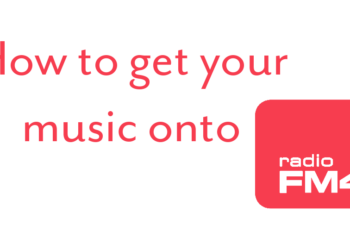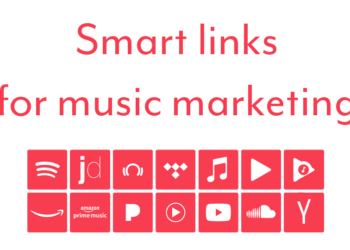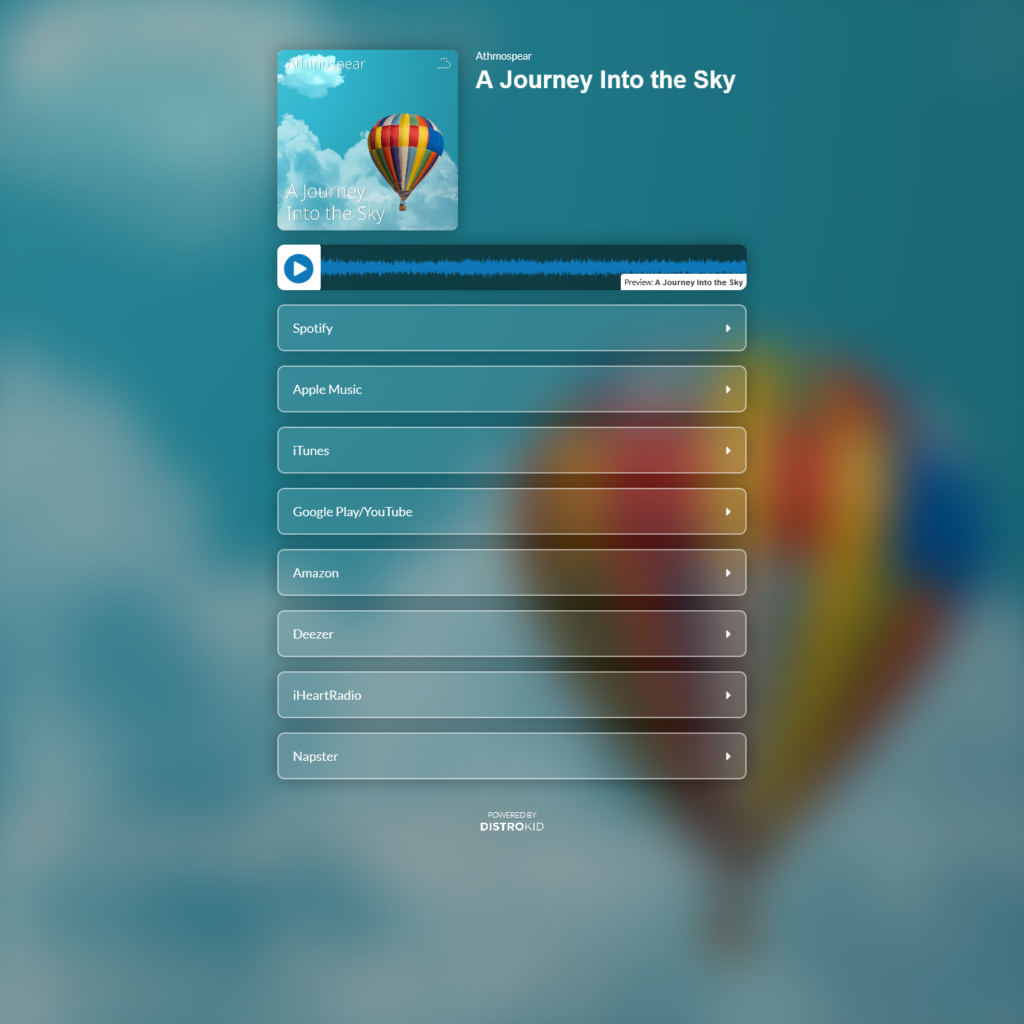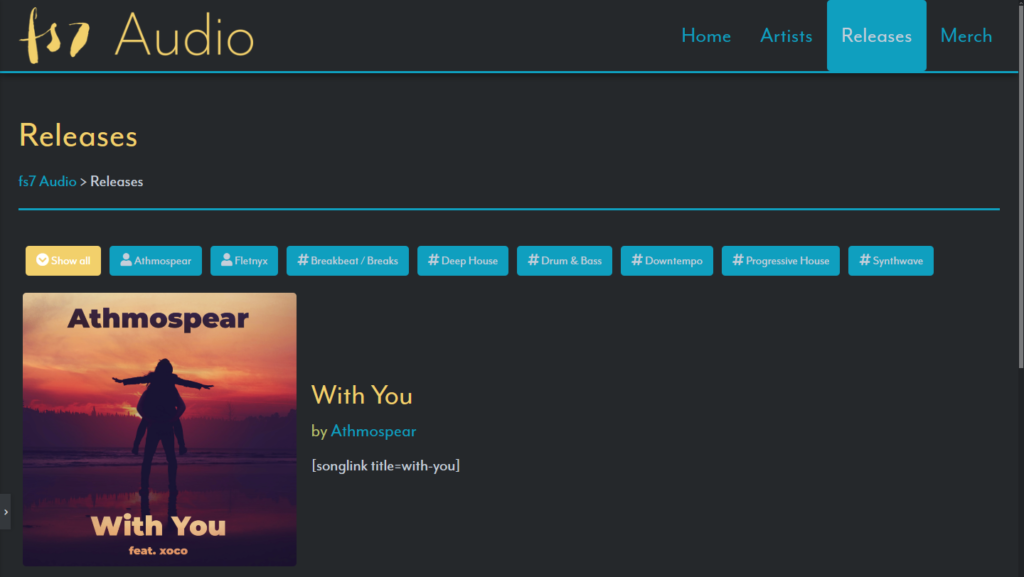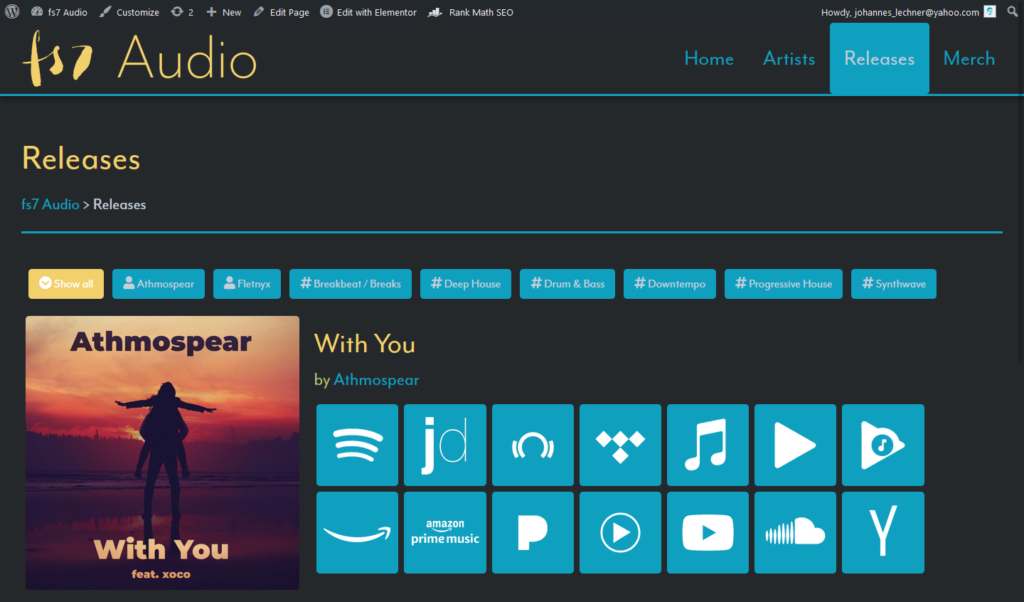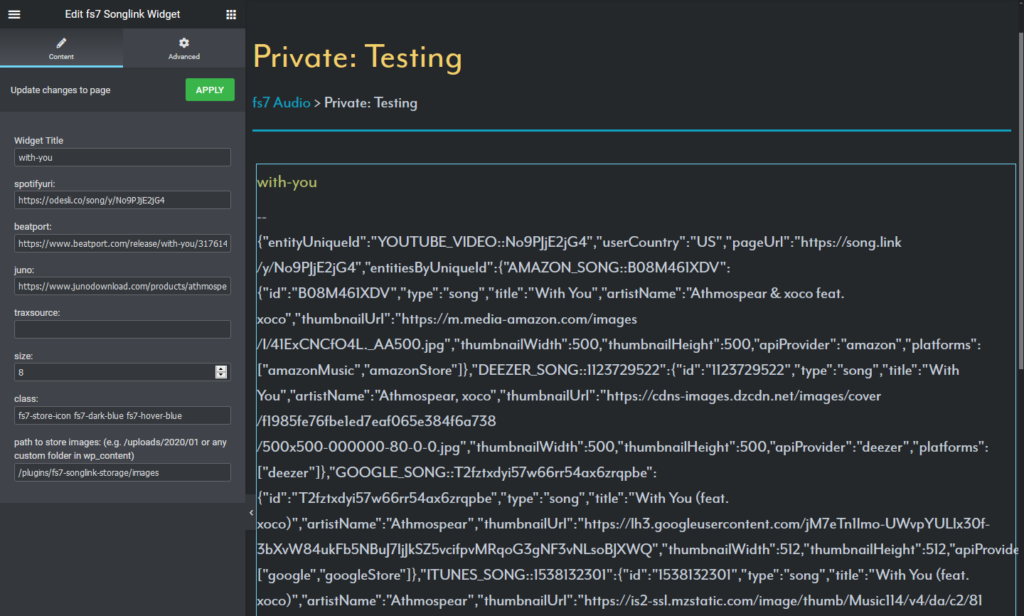Or in other words: How to correctly pitch your songs to professionals
Due to a recent achievement, which is having my newest song being played on radio FM4 multiple times and giving an interview on it, i thought I’d share my knowledge.
Tools that help pitching
Before talking about pitching to FM4 or in general to radio stations, I’d like to show you two of the most known alternative options, which require far less work.
SubmitHub
This site lets you submit to bloggers, labels, YouTubers, playlisters, influencers and radio stations (small ones though). When creating your account you get a few credits which then can be spent on different people and networks – usually the bigger ones cost a little more. This site might look overwhelming at first but has a lot of great features! Unfortunately, you can’t really send your music to many outlets without purchasing some premium credits. The average approval rate on standard credits is 4%, as opposed to 18% on premium. So, the free credits don’t do as well but still, they do something. And if you only want to target a specific YouTube channel for example this would be perfectly sufficient.
LabelRadar
In contrary to SubmitHub, LabelRadar is far more minimalistic and easy-to-use. Now, don’t get fooled by the name – of course you can send your music to labels, but to promoters as well! Like the previous one, this website gives you a few credits when you start out, but you can send you music into a general pool where the labels or promoters don’t get notified but can browse through. And if you spend all of your credits, they will send you 5 new ones once a month.
Pitching to big radio stations
Okay, so get your pen and paper ready – you’ll want to follow this as closely as possible. I have heard of cases where radio stations did not listen to a track simply because it was in a zip file. This is understandable considering they have to listen to huge amounts of tracks every day. So, as artists it is our job to make it as easy as possible for them to listen to our songs. And we can do that with email and a link to a Dropbox folder. More on that later. Below is a list of what you need but I will get into detail anyway.
- the song (obviously)
- artwork
- either a classic Press Kit
- or an EPK
- professional press photos
The song
Obviously your song has to fit in the radio station’s program. Ideally you have heard something similar in the past few weeks, which is something you can then refer to in your email. In your Dropbox folder add the file as an mp3 and as a wav (one for listening and one for actually airing it). Be sure to add as many id3 tags as possible. This can be done with software like AudioShell. As wav files don’t really support much tagging I always provide a flac file as well so that the tags appear as well as it being a lossless file. If your mp3 is smaller than 10MB (with id3 tags) then you can add it as an attachment to your email.
Artwork
The most important Artwork is your cover – including this is a must. Any other stuff you have might work as well. Don’t add your “coming soon” banners, but if you have a Spotify Canvas or something then they might look at it and maybe even share it.
Classic press kit
This is a one page A4 document containing all the information for your release. At the beginning of the press kit you’ll want to show all the basic info like your release title, cover, artist name, release date, label name, IRSC and UPC/EAN. Then add a short biography and a list of previous releases. Finally add some contact info. In my case including my phone number resulted in a spontaneous call where we did an interview.
Here is an example showing the press kit for my latest release “With You”:
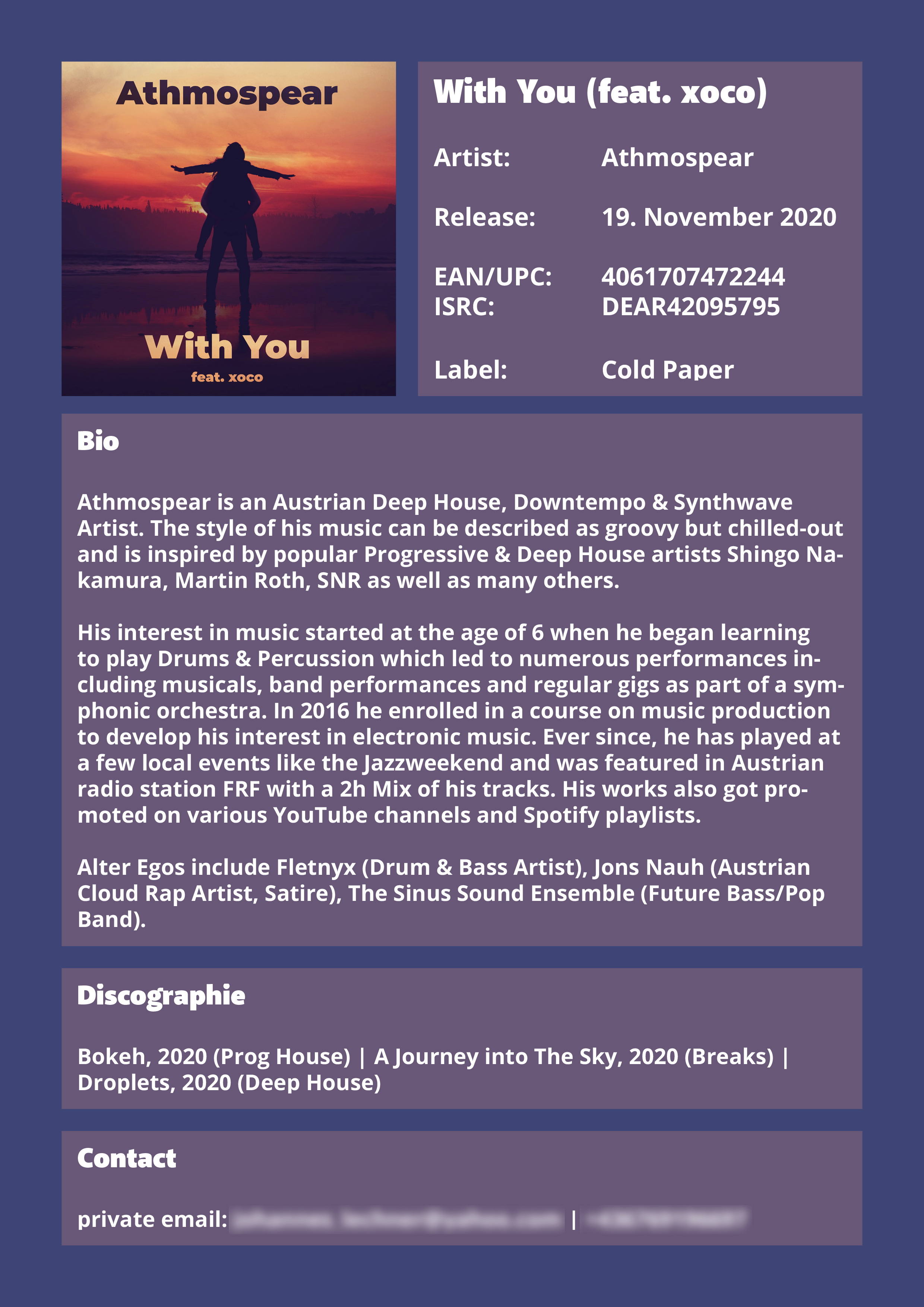
And one more thing: don’t shift the design around too much. The radio stations will want to open a press kit and just look at a certain point rather than searching for the info!
EPK
EPK stands for electronic press kit. If you have a classic press kit you won’t need an EPK but I usually to do both. Essentially the EPK is the same as a classic press kit, but it being online comes with a few advantages: You can embed your music and let it autoplay when opening the webpage. Your songs can directly be downloaded with a button. And you can make fancy galleries with your press photos!
Here is an example, again for “With You”:
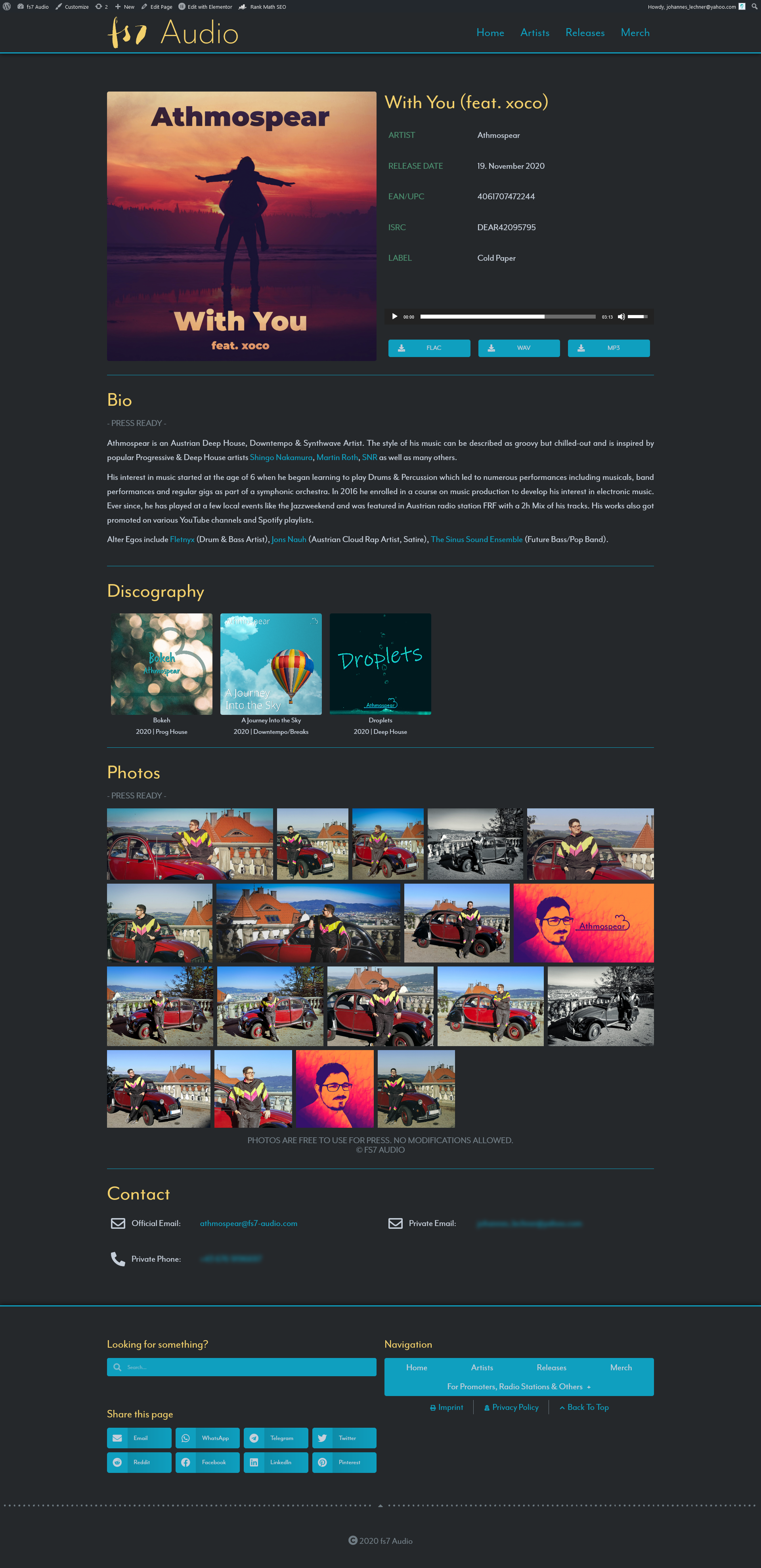
Whether you want to offer the complete song as a download or not is up to you. If you are concerned about other people finding this page and downloading your music I have a suggestion for you: Either you use a file sharing service and just don’t offer it on your site. Or you do the more elegant way and use some PHP coding / WordPress plugin installing. I’m using Members to create a custom group for press, promoters, etc. Then I’ll set up a temporary login link for that user group. Finally, to hide the page from normal users, I’m using Visibility Logic for Elementor (and Elementor Page Builder obviously).
Press photos
There’s not much to talk about this one but be sure to have them somewhere ready to be viewed and downloaded!
The email
Now that you have all the parts prepared let’s talk about the email. The most important thing to remember is the KISS Principle (Keep It Short and Simple)! Describe your song in about one to two sentences and then add the link(s). Then thank them for listening and that’s it! As mentioned above, if your mp3 (including id3 tags like the artwork) is smaller than 10MB you can add it as an attachment.
Now about the links: If you have an EPK you should add the link to it here. The other link will be to your folder on Dropbox or other providers and this should contain the audio files, the cover, the press kit and if applicable a txt with the lyrics. I also like to include a shortcut to my EPK but this is probably not very useful as the link is already in the email.
And that’s it. If you have done everything correctly send you music about 1.5 to 2.5 weeks before the release date. And then you’ll have to play the waiting game – with a bit of luck you’ll have your music on FM4 (or any other radio station). Let me know in the comments if this was helpful to you and whether you plan to send something to a radio station or if you already had something played on air!
